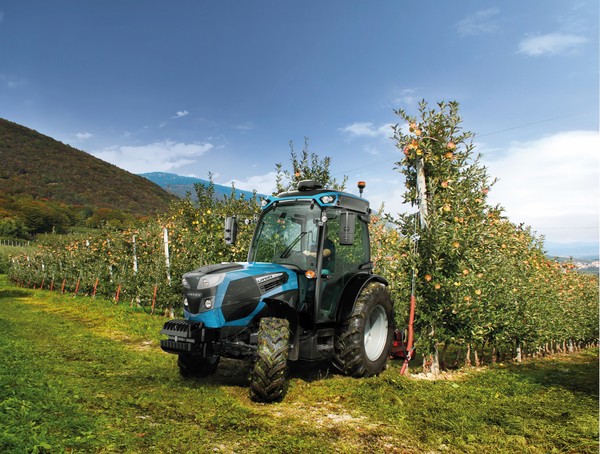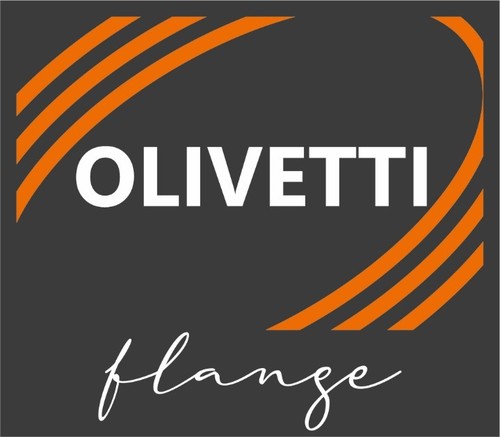
Agriculture 4.0, in 2023 the market marks +19%
The report of the Smart Agrifood Observatory on the digitalisation of the Italian agricultural economy was presented in Brescia. Last year, investments in software and digital platforms increased, but the reduction of state incentives curbed purchases of machinery
The market for 4.0 technologies for agriculture continues to grow. In 2023, the sector of high-tech solutions for primary – from software to sensors, from intelligent control units to automatic driving systems, up to autonomous robots – reaches 2.5 billion euros in value and marks +19% compared to 2022. This is what emerges from research by the Smart Agrifood Observatory of the School of Management of the Politecnico di Milano and the RISE Laboratory (Research & Innovation for Smart Enterprises) of the University of Brescia, presented at the conference entitled "Smart Agrifood: the die is cast! Now the challenge is digital maturity", which took place on March 15 in the Lombard city. The largest share of the 4.0 market is still the prerogative of connected machinery and monitoring and control systems, however – it was stressed during the conference – there is a decline in these two items, which are losing ground in favour of investments in software, with particular reference to management systems, data integration platforms and mapping technologies. According to the Observatory, this phenomenon is also due to the reduction of state incentives that has led to a reconfiguration of the demand for 4.0 technologies. “Last year we saw a strong growth of the market while the increase in the area cultivated with digital technologies and in companies that actually apply at least one technology was not as consistent. Those who have historically invested in digital for agrifood – said Andrea Bacchetti, director of the Observatory – achieve positive results and therefore continue to invest even more intensely, but new companies struggle to take the first step”. Today a very substantial number of farms, 72%, the majority of those active in Italy, use 4.0 for their business, but the propensity to invest in this sector is higher among those companies that in past years have already begun a process of digitalisation. The lack of adequate skills - it was explained during the meeting - is one of the factors that can hinder this process. “To ensure the widespread deployment of digital solutions will be increasingly important to work on skills. We will need, especially in the agricultural sector, more technical knowledge related to new digital technologies, but – added Bacchetti – also new professional figures, who know how to bring demand companies and technology providers closer together, understanding the needs, problems and objectives of companies in the sector, guiding them in digitalisation.” In another respect, the spread of digital agriculture can be stimulated by climate change. In fact, the latest technologies make it possible to achieve those goals of sustainability, efficiency and competitiveness that today more than ever are fundamental for agricultural economies around the world. “Precision irrigation solutions can make it possible to better estimate crop irrigation needs by increasing yields, as was the case in Portugal where – concluded Smart Agrifood director Chiara Cobo – maize yields increased by almost 30%. Instead, the use of DSS can allow the use of technical inputs in a more rational way: in a vineyard application in Italy, for example, the savings of pesticides were about 35%.”








